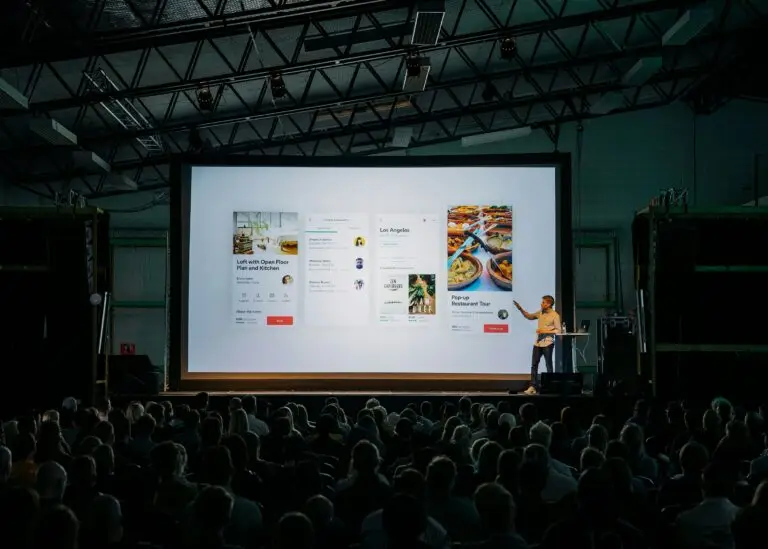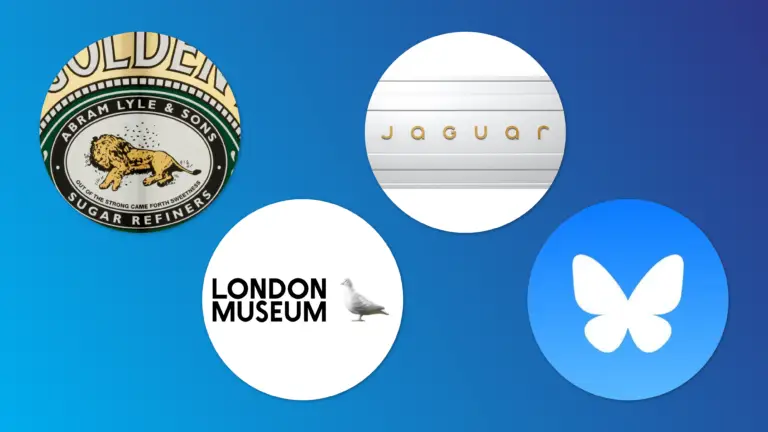When considering a brand’s reputation, few occasions invite greater scrutiny than when delivering an event. Whether it is in-person, online, or hybrid, an event asks attendees to experience the brand, its values, and principles first-hand. If done correctly, this can leave a lasting impression. Organisations have a responsibility to ensure events are delivered with Diversity, Equity and Inclusion (DEI) principles in mind.
As you may imagine when planning such an event, there is a lot to consider, and you would be forgiven for not knowing where to start. So, where do you begin?
What makes an event inclusive?
The first step to organising an inclusive, accessible event, is establishing your perspectives on inclusivity and accessibility. It’s important that you are aligned with the ‘Social Model of Disability’, which takes the view that people are disabled by barriers in society, not by their impairment or disability. It is crucial this way of thinking runs throughout every stage of your event’s planning and delivery.
There is also the tendency, particularly when planning in-person events, to focus on physical accessibility. To ensure events remain true to DEI, your event needs to consider the vast variety of known impairments and disabilities as an accessible event is not necessarily an inclusive one. The onus is on those delivering the event to recognise this and to take measures to remove as many barriers to access and participation as possible.
Inclusivity – never the final consideration
What does this look like in practice? True inclusivity starts at the beginning of any event – in the planning stages. Here are some considerations that should be made when putting together your plan for an event:
- Accessibility
- What accessibility measures will be in place?
- How accessible is the venue you have chosen? Consider the routes to, from, into, and around the venue, as well as access to facilities like bathrooms, lifts, and fire exits
- If hosting online – have you considered the accessibility options on the platform you have chosen? For example, think about live captions and screen readers for those with hearing and visual impairments.
- Event Timings
- What time will the event be held? If early morning/evening, will guests be able to travel safely and cost-effectively?
- Could the event timings affect caring responsibilities?
- Cost
- Have you considered affordable pricing systems for your event? (e.g. Pay by donation, sliding scale pricing, free admission with premium options, etc.)
- Speakers
- How diverse and representative are your speakers/panellists?
- Will they be able to participate in every aspect of the event?
- Workshops/Activities (In-person and online)
- Are there any barriers to inclusivity with your breakout workshops and activities?
- Is everyone able to access and use materials needed for the sessions?
Food
- If food is being offered, have you considered dietary requirements for people with certain religions or beliefs?
- Have you checked for allergies of attendees or, if not possible, adequately labelled food
Shout it out loud – the power of pre-event promotion
Before we have even got to the event itself, it is important guests know you are doing everything possible to proactively ensure all potential barriers to inclusivity are being removed. A great way to do this is through your event promotion.
As best practice, try to broadcast the steps you’ve taken to cater for DEI. This can be via a dedicated section on your website, social media posts, or any other communication channels such as e-newsletters. It’s important to note that some people may not be comfortable with reaching out to tell you about the accommodations they require. Do your best to invite people to inform you, letting them know you have their needs in mind.
When sending out any pre-event materials like agendas or joining instructions, be sure to include as much information as possible. Public events, both in-person and virtually, can be sources of anxiety for some, and the more information you can provide helps reduce apprehension around attending. Similarly, try where possible to stick to agendas/timings if they have been set. If changes are made, communicate these promptly and clearly to further remove any unease to those dealing with anxiety.
Fonts & Formats – building and presenting an accessible slide deck
Slide decks often pose challenges when catering for DEI. As an inherently audio-visual experience, as well as a popular choice of communication at events, considerations must be made in the design and delivery of a presentation to avoid inaccessibility.
Here are a few things to consider:
- Visuals
- Ensure to describe any visual aids (images, graphs, videos, etc) with alt-text for those needing to use screen readers
- Ensure you have good contrast between the colours of the text and the slide backgrounds for maximum readability
- Text should be a minimum of 16pt and displayed in familiar fonts like Times New Roman and Georgia. These avoid similar-looking characters for different letters and symbols
- Presenting
- Begin by alerting people to any accessibility preparations that are in place such as introducing a BSL (British Sign Language) interpreter or, if online, explaining how guests can turn on live captions
- Consider where you are positioned when presenting. Is your face clearly visible for the benefit of lip readers?
- Pace yourself when speaking. Average talking speed is between 150-200 words per minute. Attempt to land between 110-150 words per minute to ensure you are speaking with clarity and not leaving your guests behind. For those for whom English is a second language, this is increasingly important.
Delivering the event – in-person vs online vs hybrid
The big day has arrived and, while the majority of preparations for DEI should have already been made, there are a number of things you can do on the day to guarantee the event can be accessed by all without barriers.
It’s important to note that this will look very different from event to event and, of course, if you’re hosting in-person, online, or a hybrid of the two. Here are some opportunities to support your event’s DEI offering for all three occasions:
In-person
- Provide contact information for those with accessibility requirements to communicate any concerns or issues on the day
- Hearing loops should be available – either installed in the venue or a portable loop in place for the event. Provide clear instructions on how to access and use the hearing loop
- Dedicate quiet spaces for anyone who needs to mentally decompress
- Provide stations and water for any assistance dogs present
- If hosting an event with expositions/trade stands, ensure enough space is granted for wheelchairs, assistance dogs, and visually impaired people with walking aids to navigate the room
- Ensure the event catering has taken note of any dietary or cultural requirements guests may have
- Have clear and large print signage, and if possible, Braille signage, covering routes to all relevant locations to aid in navigating the venue
Online
- Speakers should use standalone microphones when possible, ensuring the background remains quiet to minimise distractions
- Sign language interpreters should be introduced to the audience, with an explanation of how the interpretation process works (e.g., interpreters will typically rotate after a set period of time)
- If videos are played during presentations, they must also be accessible, featuring captions, sign language interpretation, and audio descriptions
- Chat boxes on platforms such as Zoom and Microsoft Teams can be inaccessible, potentially excluding blind and visually impaired individuals. Ensure text conversations are read aloud if they are relevant to the conversation
- For full-day sessions, schedule regular breaks—ideally, five minutes for every 45 minutes of activity.
Hybrid
- Where are the microphones placed in the room, and can those participating online hear clearly? Consider whether the room’s acoustics will affect the ability of online participants to hear the in-person speakers.
Our experienced team provides event planning and management services as part of our wider integrated communication strategies, incorporating media relations, stakeholder management, public affairs and digital marketing. To find out how we can support you, get in touch.





